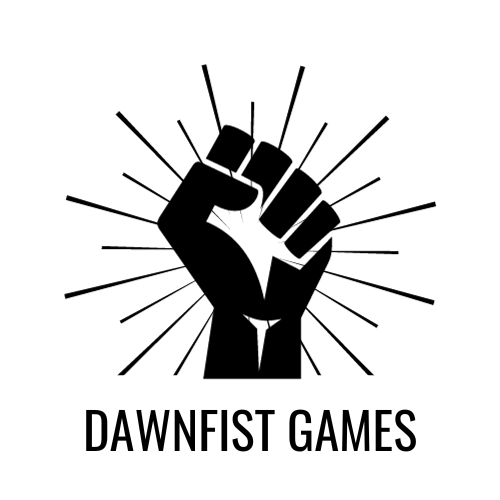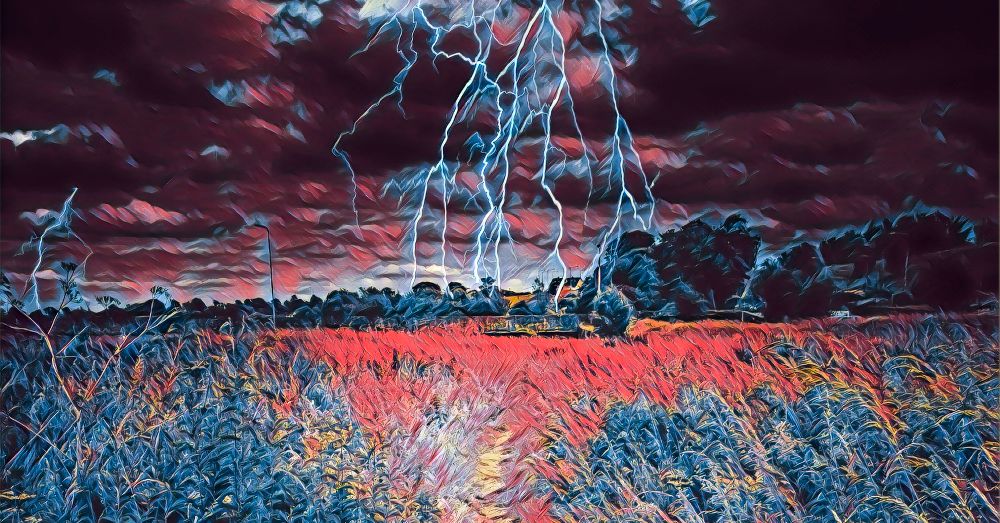This analogy just keeps going deeper…
Being a Game Master is a unique job; there is really nothing quite like it. Though it’s always challenging, time-consuming, and one never feels experienced enough for it to become a breeze, we still enjoy it. Indeed, it’s a unique job.
The other day I was in the kitchen, cooking a meal for my wife and brother-in-law, and I realized that cooking and game-mastering actually shared a lot of similarities. You probably haven’t thought about it that way before, but let me explain and hopefully also give you some useful advice in the process.
The first layer – Planning the menu
The first aspect of GMing that’s “just like cooking” is the act of sitting down to plan a session or campaign. What should it contain? Should it be a pirate themed adventure where the PCs need to navigate treacherous reefs, board hostile ships and avoid the kraken? Or should it be set in a frontier village with a goblin problem? Figuring out what to create is just like planning a dinner, what should the theme be, and what dishes should we serve?
Grand dinners typically consist of three courses, and my personal opinion is that the same goes for adventures. Any adventure that is supposed to be contained within one session, be it episodic play, one-shots or West marches style play, (these are by far the most popular styles of play based on my 20 years of experience) should contain three courses; Town play, Dungeon play and Wilderness play. This is how I’ve always designed all my adventures modules.
So, now we’ve planned out our session menu, we know the dishes we want the players to experience. The next step is choosing the ingredients.
The second layer – The ingredients
We’ve established that the PCs will have to explore the Emerald Woods if they want to locate the goblin cave. That’s a dish, exploring the Emerald Woods. But the exact ingredients used to cook that dish aren’t decided yet.
If we know that we want to have a salad as the starter, we have about a million options on how to make that salad. Chicken salad, a kale salad or a Greek salad? Those are very different in both taste and texture. The same goes for planning out the Emerald Woods. What factions and creatures should inhabit the forest? What are the relationships between them? What hazards can be encountered when walking among the massive oak trees? Does a hag live here? So many choices.
This is the step that I personally find most challenging, deciding on the ingredients that make out my adventure. If we ditch the cooking analogy for a second, I think the word: ‘Challenges’ is a better word, and I’ve written a hefty guide on the subject. It lists the 14 challenges in TTRPGs, as in the only challenges there are. The aim of this list is to assist both myself and fellow GMs by simplifying the process of objectively evaluating the adventures we craft. By using this list, which outlines the 14 challenges available to us, we can more easily see what our adventures might lack, hopefully helping you transform a mediocre adventure into an exceptional one!
The third layer – adapting
We’ve covered planning the theme and structure of an adventure, as well as figuring out the details such as faction relationships, treasure and random encounter tables, but the most important step still remains: Actually running the game.
When running the game we need to stay on our toes. Because just like in the kitchen, we need to adapt to what is happening. Maybe the chicken was more watery than we thought, so the dish needs to simmer and reduce a bit longer. Or maybe the bell peppers had a flat taste and didn’t add as much sweetness as we had hoped, so we need to adjust. We need to taste the food to know if we should add more salt, pepper, thyme or rosemary. When running the game we need to “feel the room” and we need to adapt to the PC’s actions, otherwise we are just railroading the whole session, and that’s never fun.
This step is by far the one that takes the longest to master, because we can’t plan for every single eventuality, we need to know how to thicken a sauce, how to pace the game, how much salt to add, how to determine the damage of a goblin thrown at a cow from atop a roof, and so on.
What part is most challenging for you?
Closing thoughts
I find that analogies are the best way to both understand new concepts and create a deep understanding of how things work and how to improve them. That’s why I write stuff like this, and I hope that it can help you become a better GM.
If you liked this post you should also check out these two similar pieces: “How to improvise as a GM“, and “53 GM tips, tricks and hacks!” And please, also check out our game system, Adventurous!

